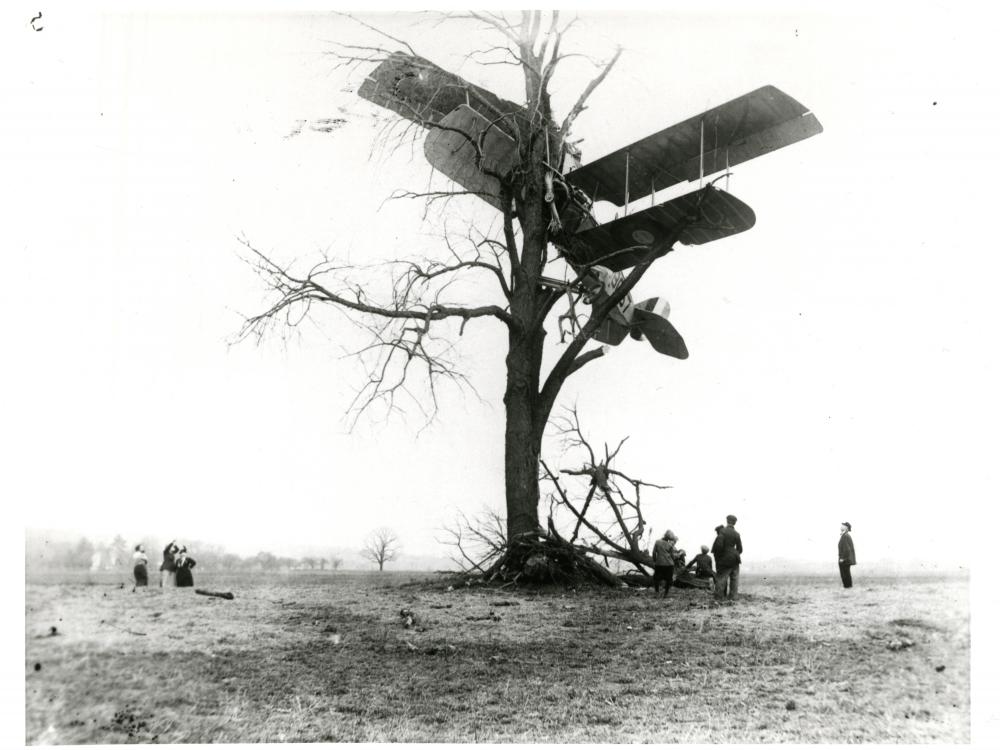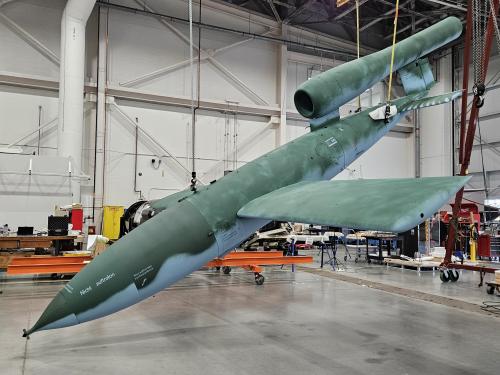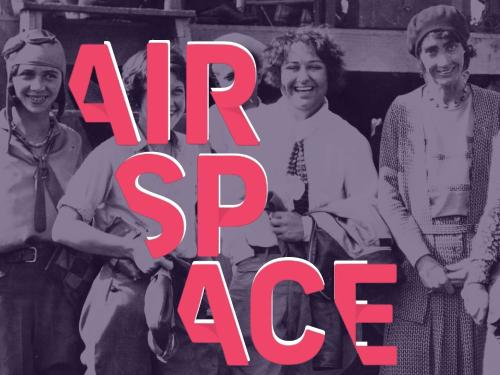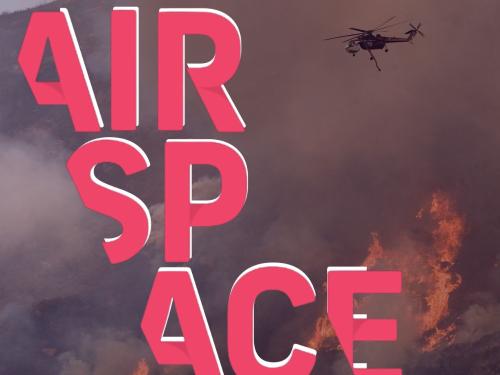
“The Day the Music Died”: A Passing Glance at Air Safety and Celebrity Air Accidents
May 03, 2012
In spite of its many annoyances—inferior service, inedible food, lost luggage—there appears to be one positive about air travel: data show that it’s the safest form of transportation. Statistics drawn from the National Safety Council—“Lifetime Odds of Death for Selected Causes, United States, 2007”— indicate that over a lifetime, Americans have a 1 in 88 chance of dying in a motor vehicle accident; a 1 in 770 chance as a motorcycle rider; a 1 in 649 chance as a pedestrian; a 1 in 7,032 chance in air and space transport accidents, a 1 in 148,756 chance as a casualty of an earthquake or other earth movements, and a 1 in 3,580,052 chance as a trolley car rider. These estimates are based on information from the National Center for Health Statistics and the U.S. Census Bureau.
Nevertheless, air accidents do happen, and the ones that hold the most fascination are the ones that involve celebrities. People the world over are captivated—even obsessed with celebrity for all kinds of reasons, and this is true especially in America. The Frenzy of Renown: Fame and Its History (New York: Oxford UP, 1986), by Leo Braudy, University Professor and Professor of English at University of Southern California, tracks the course of fame in Western society. Braudy begins with Charles Lindbergh and Ernest Hemingway, and then goes back to Alexander the Great and forward to what he terms “The Democratization of Fame.” Since The Frenzy of Renown, there has been abundant scholarship on what is known as celebrity culture; i.e., the multifaceted context that surrounds celebrity; i.e., the culture of consumerism, the media, social mobility, and the desire to have one’s shining, or even inglorious, moment on the stage. Celebrity death is fascinating: it is often untimely or unfortunate or tragic because the person in question dies young, either as a result of suicide, a drug overdose or murder. Celebrity aerial death is perhaps the most compelling kind of celebrity death because it involves some of these elements, and it represents the ultimate symbolic fall from grace. Celebrity air crashes that involve musicians seem to capture the most public attention. These deaths are also reported on in the media and on social media, often in a sensationalist or lurid way. They are an integral part of what singer and composer Joni Mitchell meant when she wrote about “the star maker machinery behind the popular song”; i.e., the idea that the media both create celebrity and destroy it.
The death of Rick[y] Nelson, on December 31, 1985, is a case in point. Nelson, who had been a much-publicized teen idol in the 1950s, had gone beyond his celebrity to write and perform more sophisticated rock music. Perhaps because he was considered washed up as a star, Nelson’s crash was blamed by The Washington Post on the freebasing of cocaine aboard the aircraft. Later, the National Transportation Safety Board (NTSB) determined that these charges were false, and that the accident was caused by a faulty heater. The outraged Nelson family went to great lengths to defend Rick Nelson from any wrongdoing. David Nelson, Rick’s older brother, produced a documentary, Rick Nelson: A Brother Remembers, partly to dispel the distasteful notion that his younger brother was a careless drug addict.
The American fascination with the aerial death of rock musicians came about because of the legendary February 3, 1959, Winter Party Dance Tour crash of a Beech Bonanza in a cornfield near Clear Lake, Iowa. This accident, in which Buddy Holly, Ritchie Valens, and Jiles Perry “J.P.” Richardson, Jr., aka “The Big Bopper” died, is remembered because it was the first widely-publicized air crash to involve well-known rock musicians and because it was immortalized by Don McLean in his 1971 hit song “American Pie”: “A long long time ago I can still remember how That music used to make me smile And I knew if I had my chance That I could make those people dance And maybe they'd be happy for a while But February made me shiver With every paper I'd deliver Bad news on the doorstep I couldn't take one more step I can't remember if I cried When I read about his widowed bride But something touched me deep inside **The day the music died** Glenn C. Altschuler, a professor of American Studies at Cornell University, argues in his All Shook Up: How Rock ‘N’ Roll Changed America (Pivotal Moments in American History) (Oxford UP, 2004) that “although the Civil Aeronautics Board blamed pilot error, the crash was not wholly unrelated to the [prevailing] assault on rock ‘n’ roll. If opportunities for these once and future stars had not narrowed in the late ‘50s, they might not have found themselves in the hinterland in winter, traveling from town to town in broken buses and rickety aircraft.” (171) Altschuler may well be right about the Winter Dance Party tragedy, but even in succeeding eras, with the widespread acceptance of rock music, a number of musicians have died in air accidents involving both commercial and private aircraft:
- March 6, 1963— Patsy Cline, a Country & Western music legend, died at age 30, when her Piper PA 24 Comanche crashed in a forest near Camden, Tennessee, killing her, singers Cowboy Copas, Hawkshaw Hawkins, and her manager Randy Hughes.
- December 10, 1967— Otis Redding, a major figure in Soul Music and Rhythm and Blues, died at age 26, in a Beechcraft H18 in Lake Monona, Wisconsin.
- September 20, 1973— Jim Croce, rock music singer-songwriter, died at age 30, when his chartered Beechcraft E18S crashed on takeoff from Natchitoches Regional Airport in Louisiana.
- October 20, 1977 The Southern rock group Lynyrd Skynyrd (lead singer Ronnie Van Zant, guitarist Steve Gaines, vocalist Cassie Gaines) died when their Convair CV-300 ran out of fuel and crashed in woods near Gillsburg, Mississippi. Van Zant was 29, Steve Gaines was 28, and Cassie Gaines was 29.
- December 31,1985— Rick[y] Nelson, teen idol rock singer and composer, died at age 45 in a Douglas DC-3, with five members of his Stone Canyon Band and his fiancé Helen Blair, near DeKalb, Texas.
- August 27, 1990 Stevie Ray Vaughan, Blues guitarist, died at age 35 in a Bell BHT-206-B helicopter accident near East Troy, Wisconsin.
- October 12, 1997— John Denver, an American singer-songwriter-composer died at age 53, when the Rutan Long EZ experimental aircraft he was flying crashed into the Pacific Ocean near Monterey, California.
- August 25, 2001— Aaliyah, an R&B singer and actress died at age 22 when the Cessna 402B she was traveling in crashed near the Bahamas.
Among other public figures who died in air accidents were:
- December 31, 1972— Roberto Clemente, Major League Baseball Hall of Fame outfielder for the Pittsburgh Pirates, who died at age 38 when the chartered Douglas DC-7 he was traveling in crashed off the coast of Isla Verde, Puerto Rico. Clemente was on a relief mission to Nicaragua.
- July 16, 1999— John F. Kennedy, Jr., his wife Carolyn Bessette, and her sister Lauren Bessette died when the Piper Saratoga, which Kennedy was piloting, crashed in the Atlantic Ocean near Martha’s Vineyard, Massachusetts. Kennedy was 38, his wife 33, and Lauren Bessette 34.
There is a welter of online information about air safety and aircraft accidents. The National Transportation Safety Board, an independent federal agency, is charged with determining the probable cause of transportation accidents and promoting transportation safety. The NTSB does investigations into all kinds of transportation accidents and provides reports on their causes. Among the many sites devoted to air accidents, http://www.airsafe.com/ provides “critical information for the air traveler,” such as items prohibited onboard commercial aircraft, air crashes, baggage advice and airline security.
Related Topics
You may also like
We rely on the generous support of donors, sponsors, members, and other benefactors to share the history and impact of aviation and spaceflight, educate the public, and inspire future generations. With your help, we can continue to preserve and safeguard the world’s most comprehensive collection of artifacts representing the great achievements of flight and space exploration.


